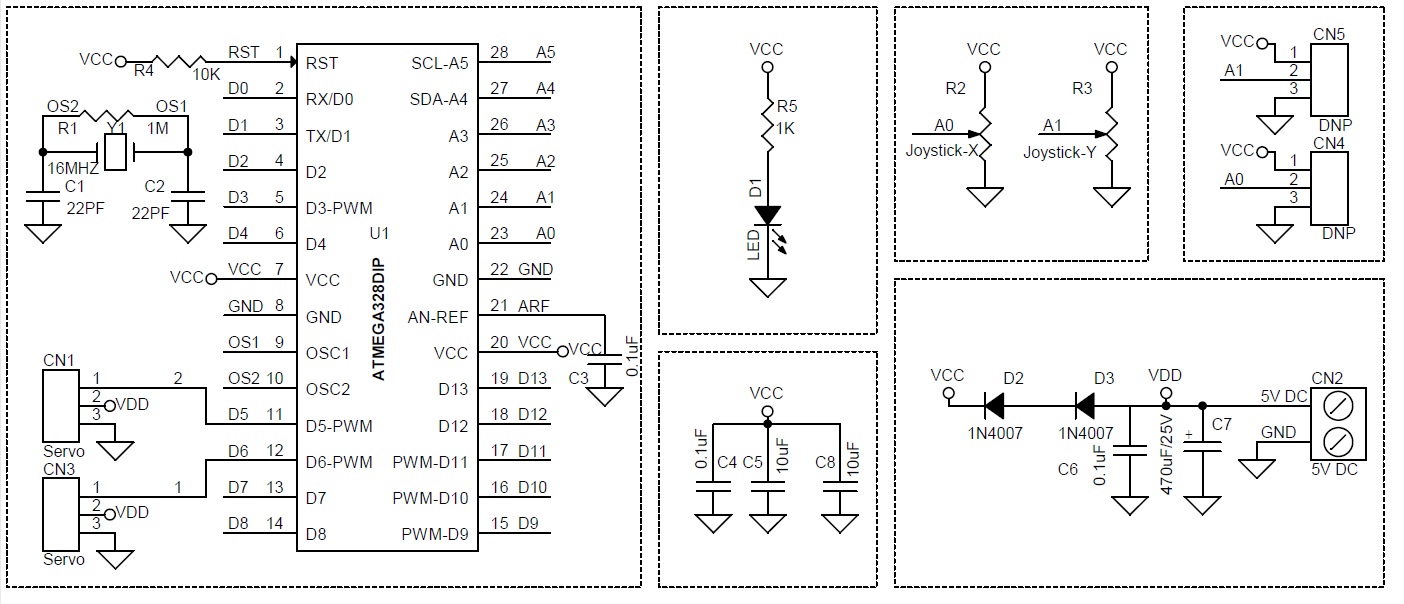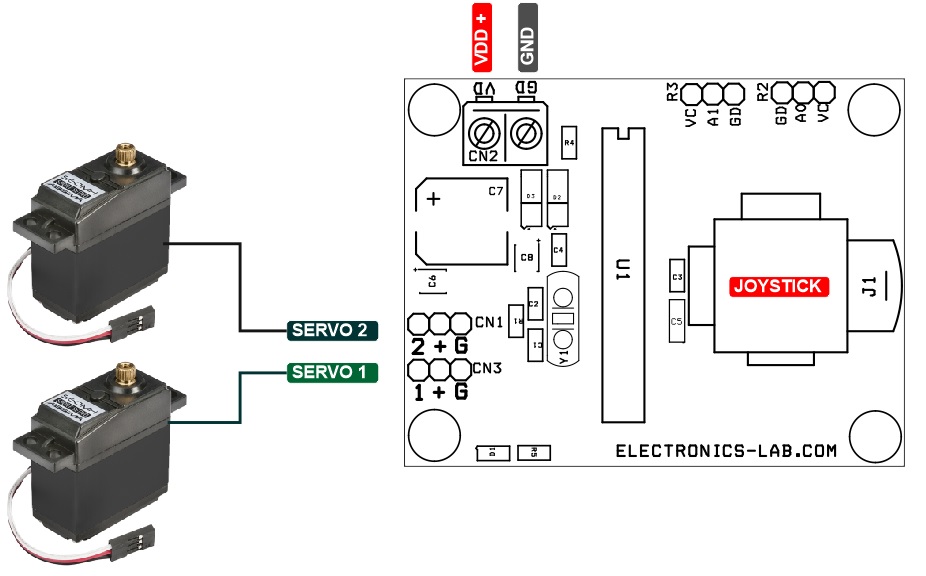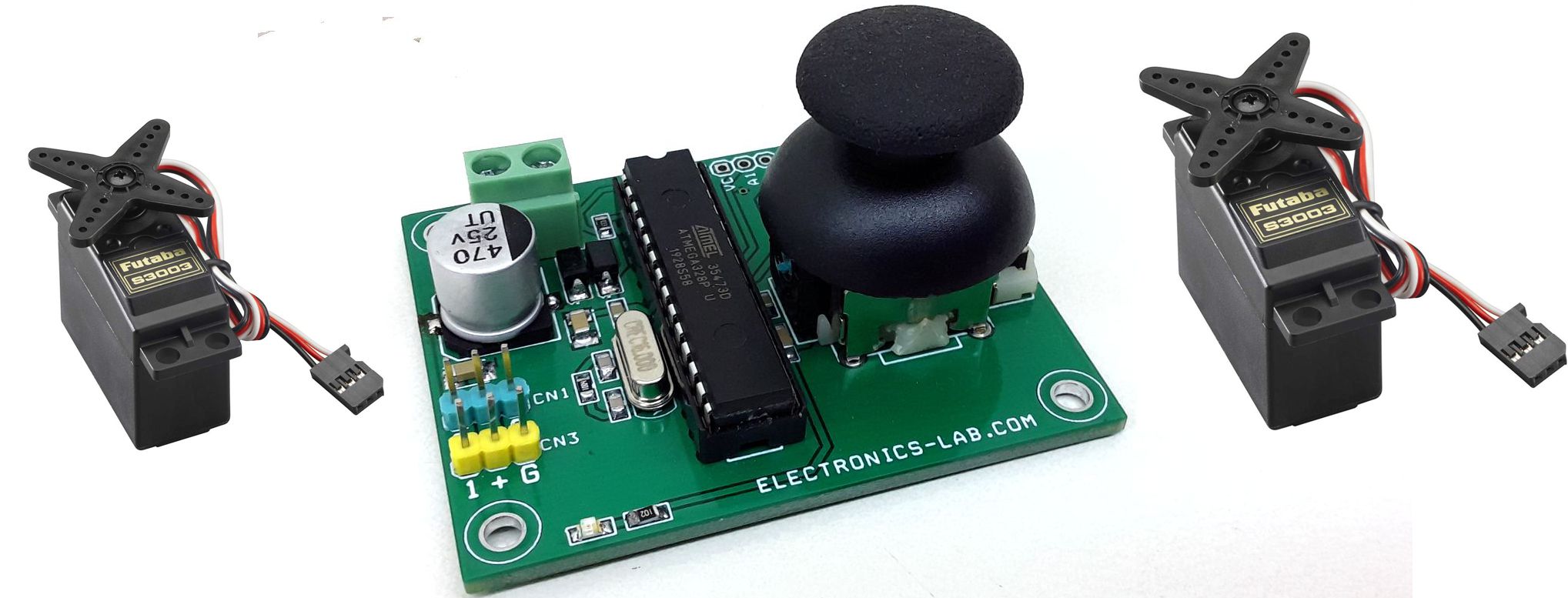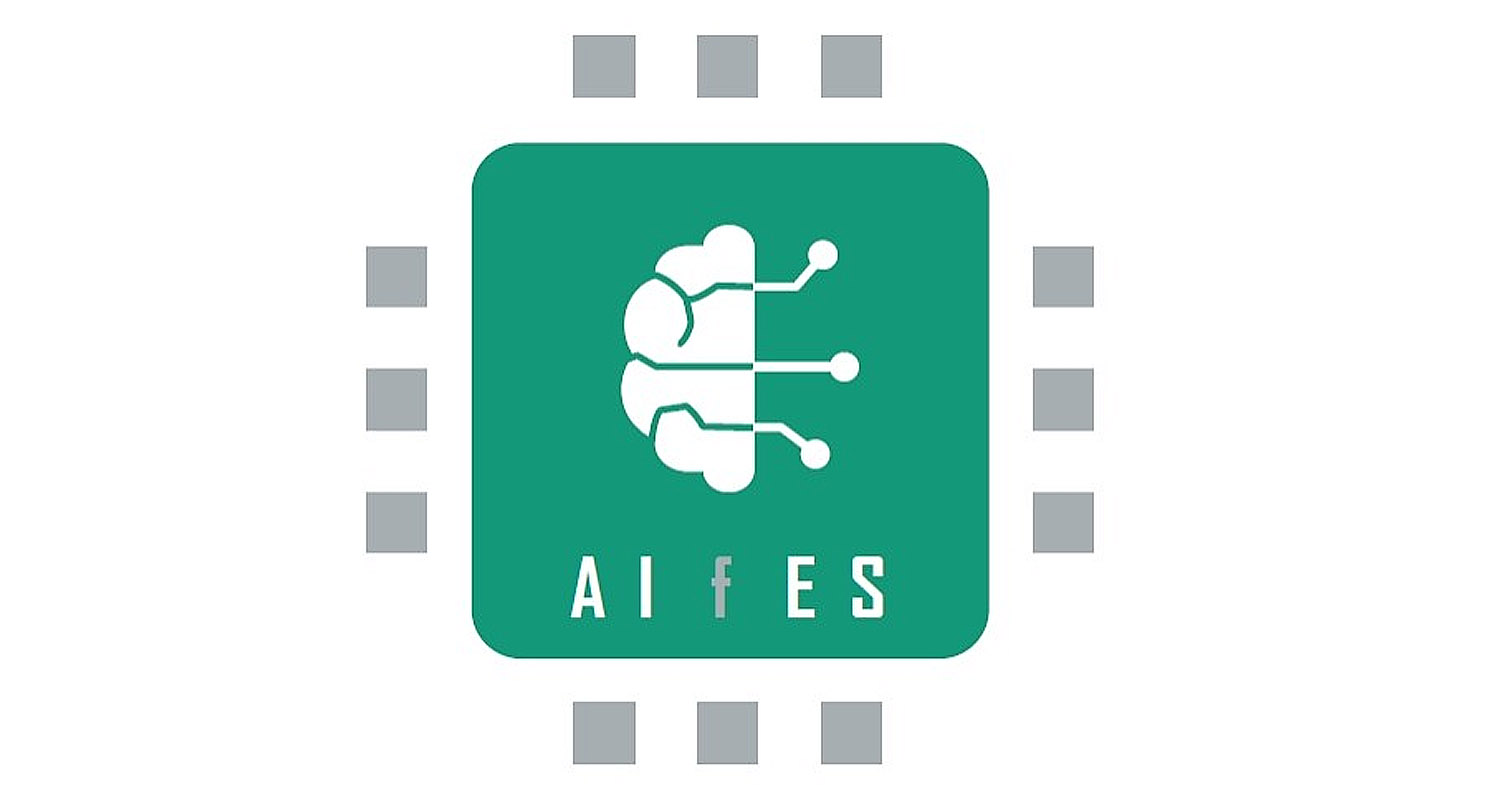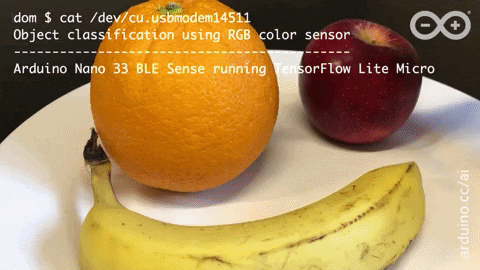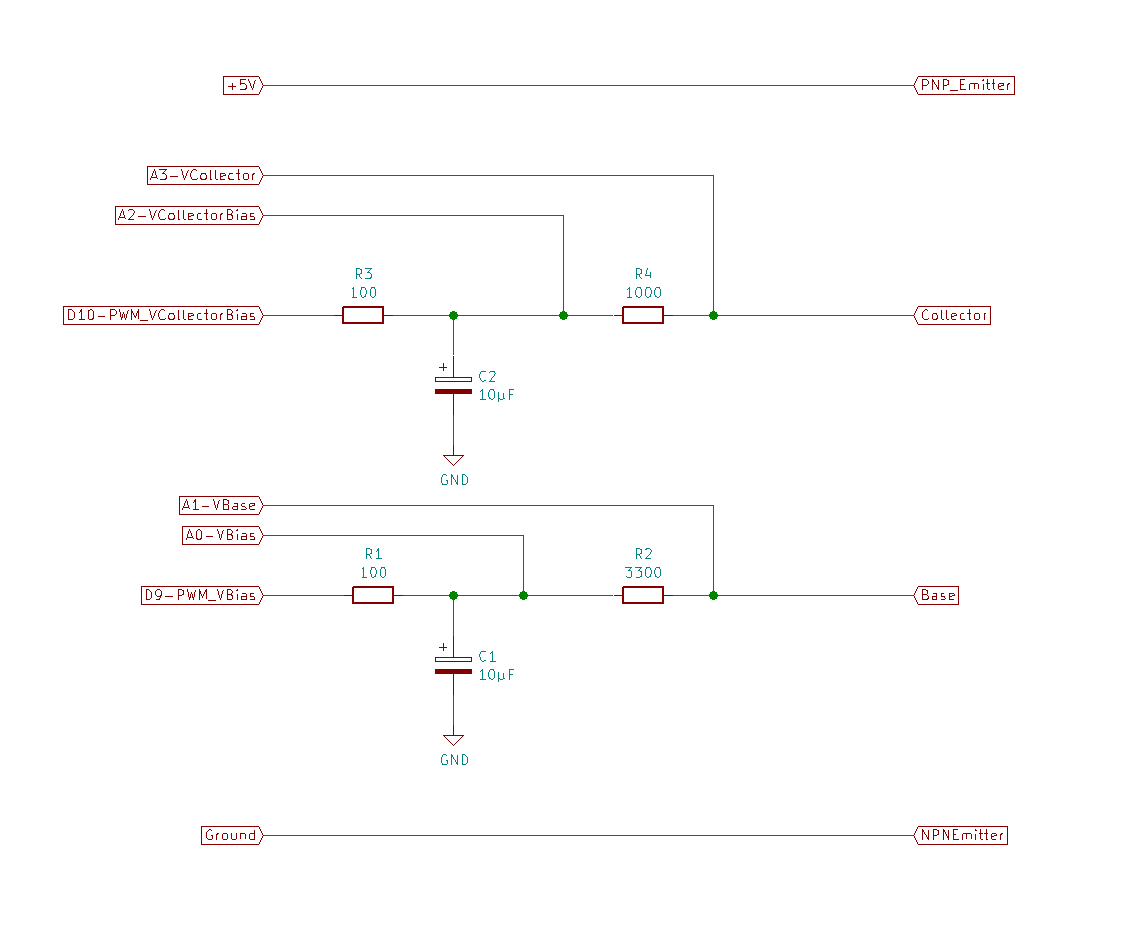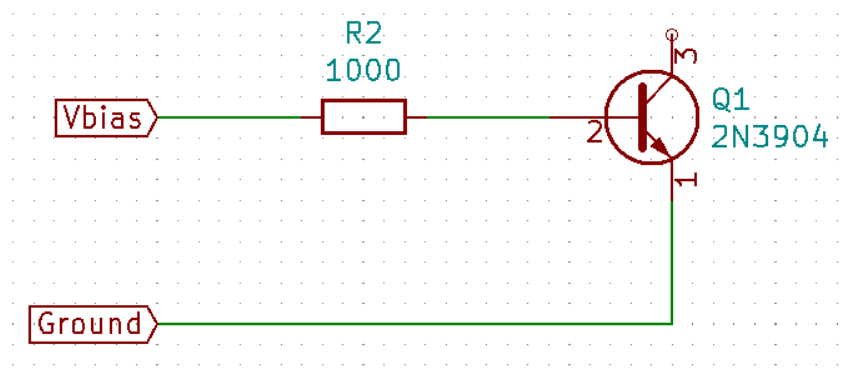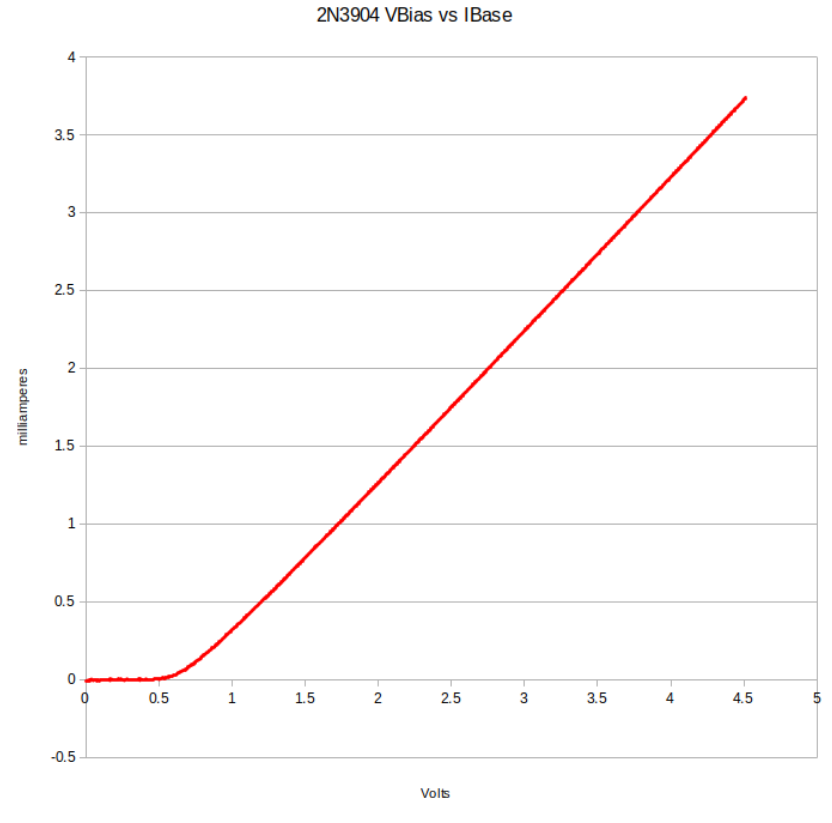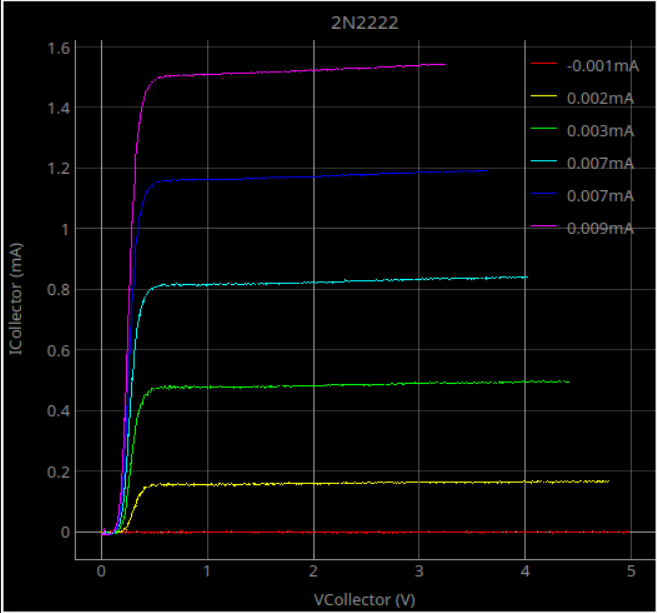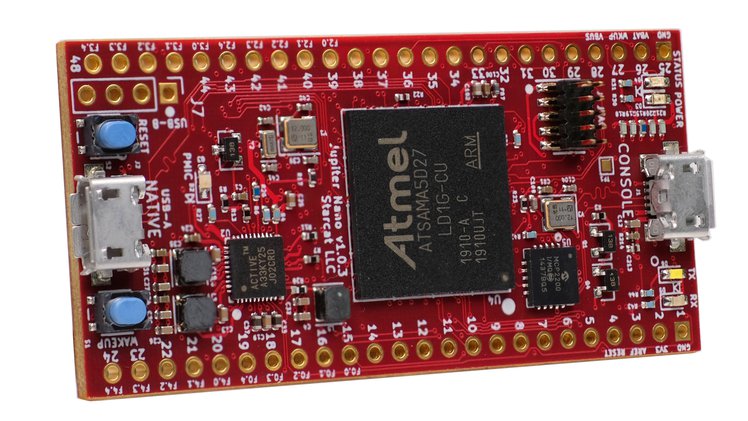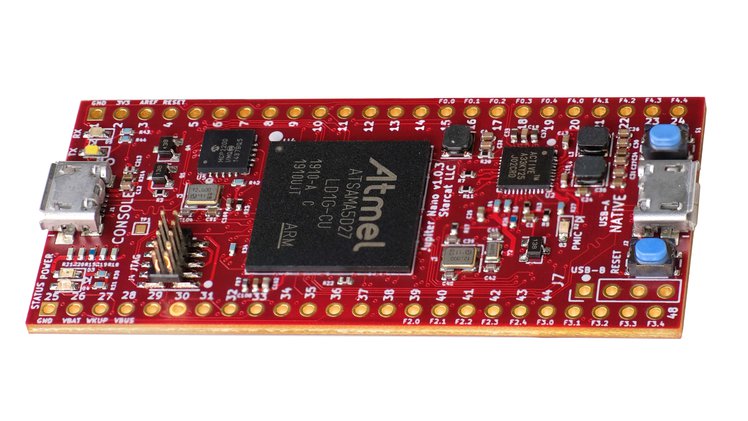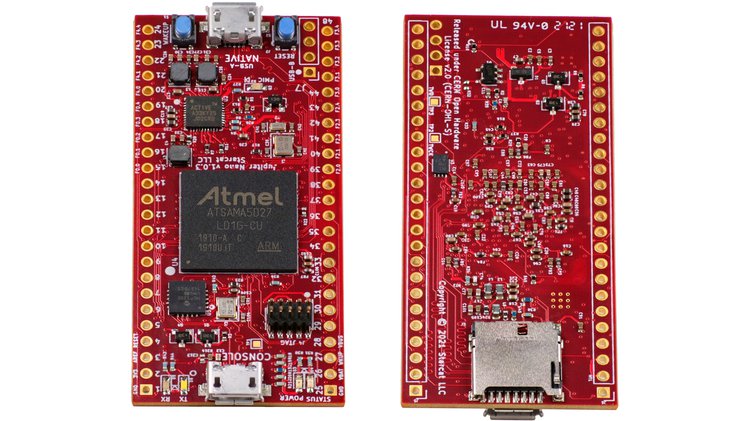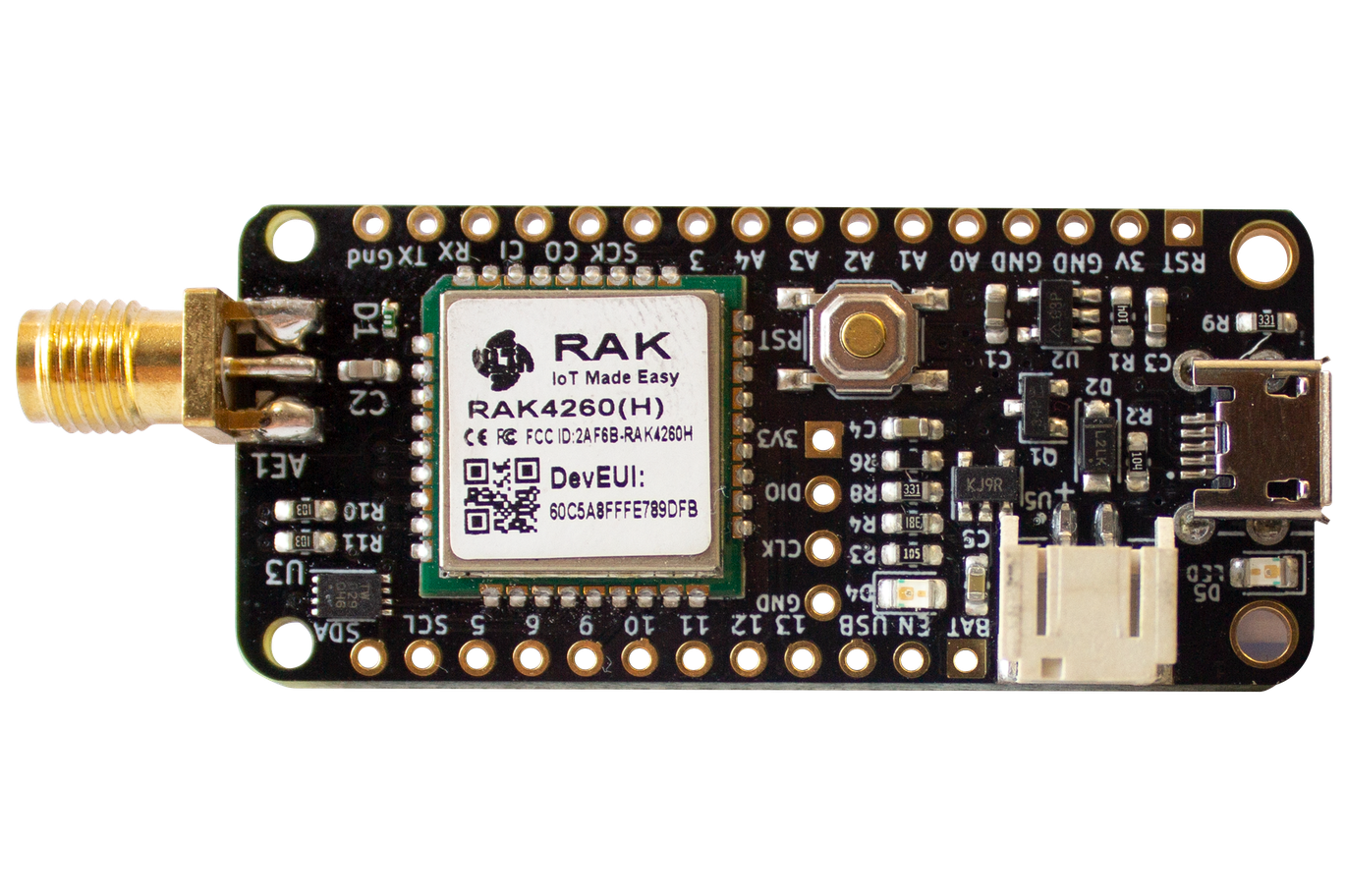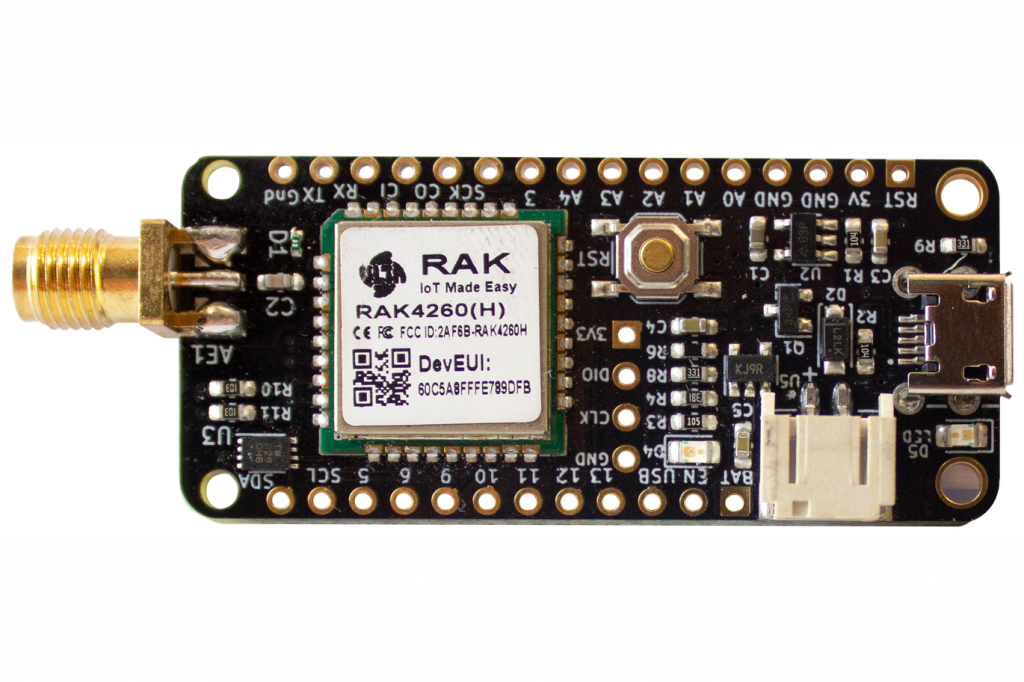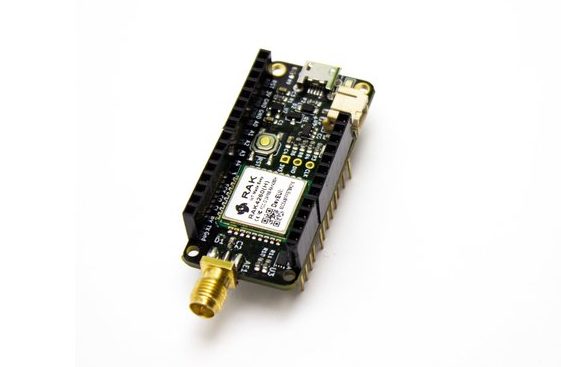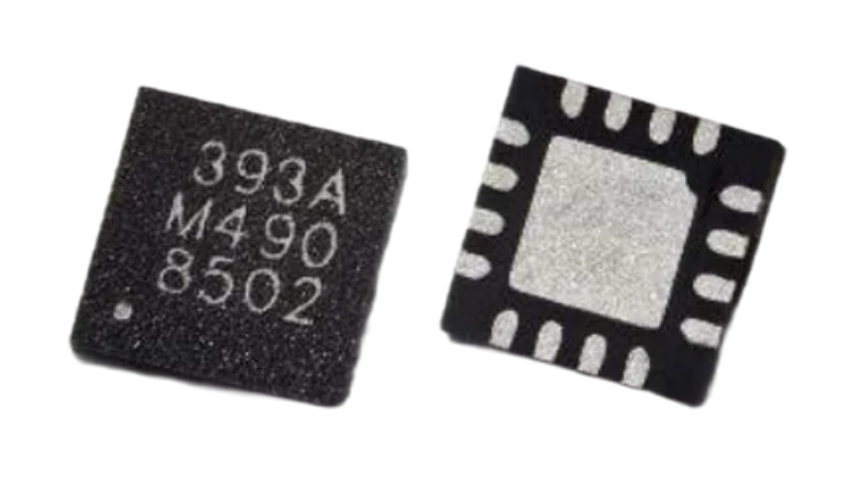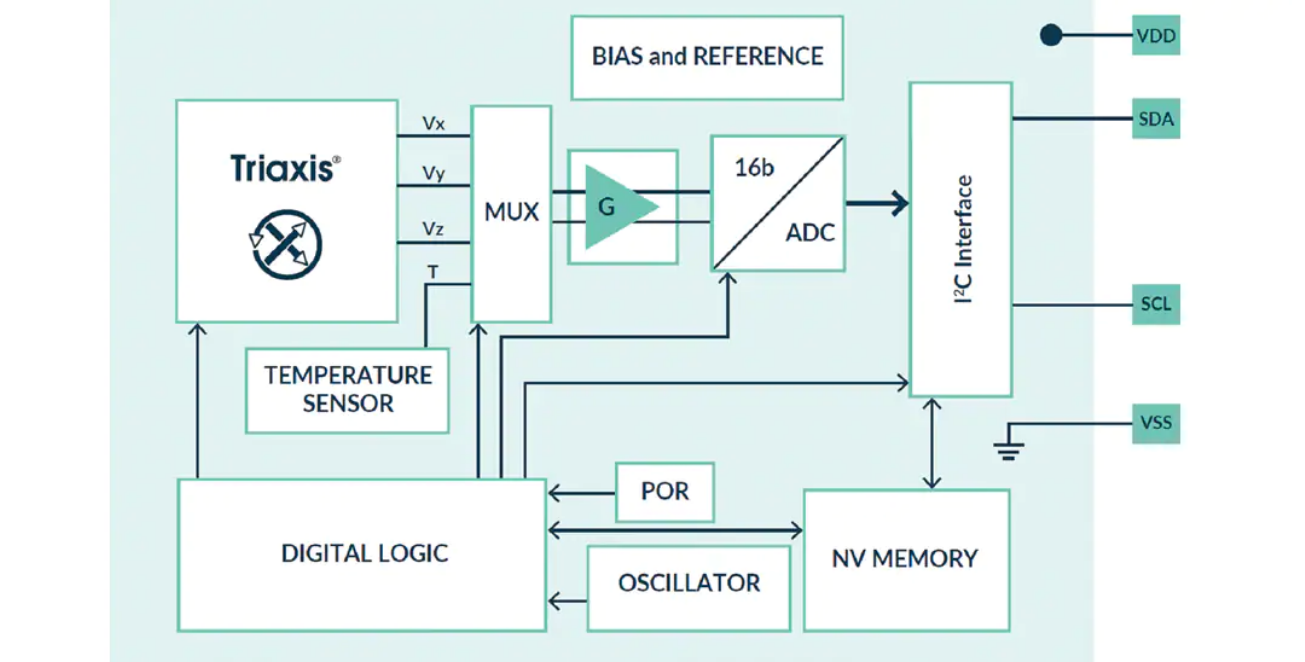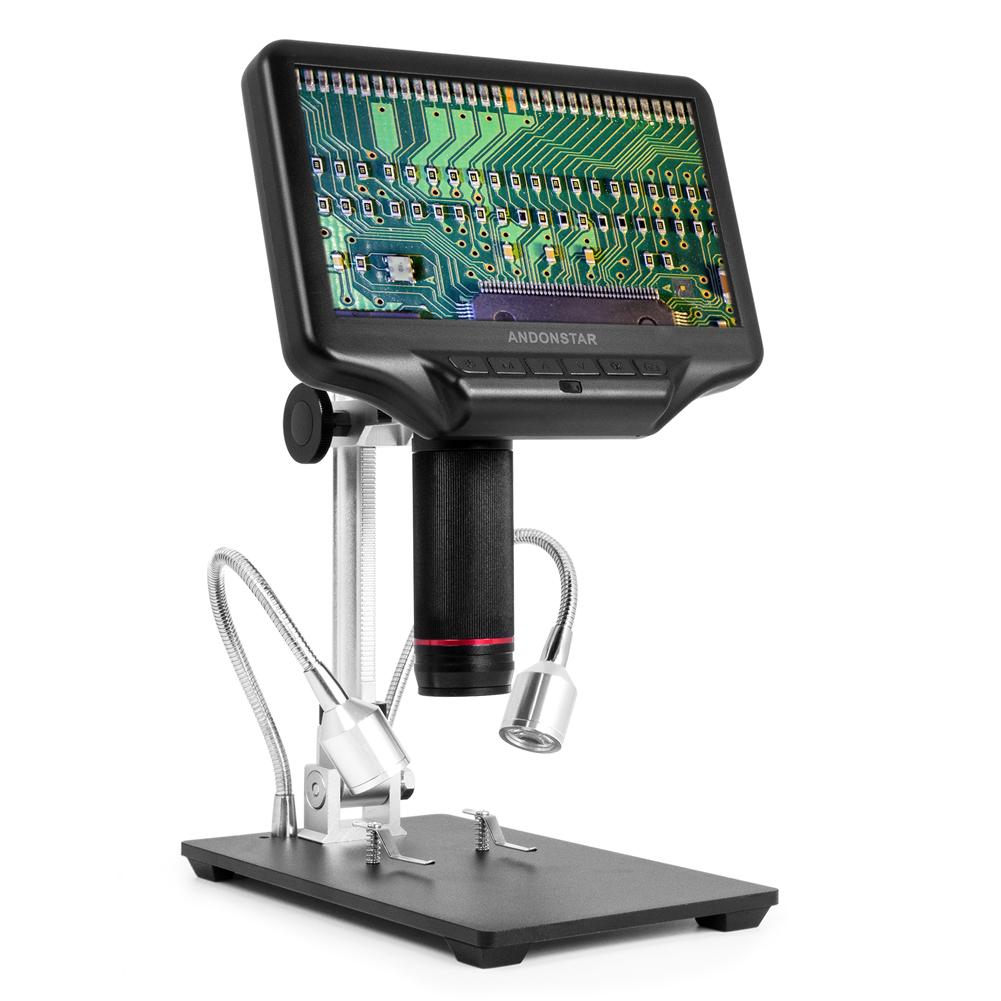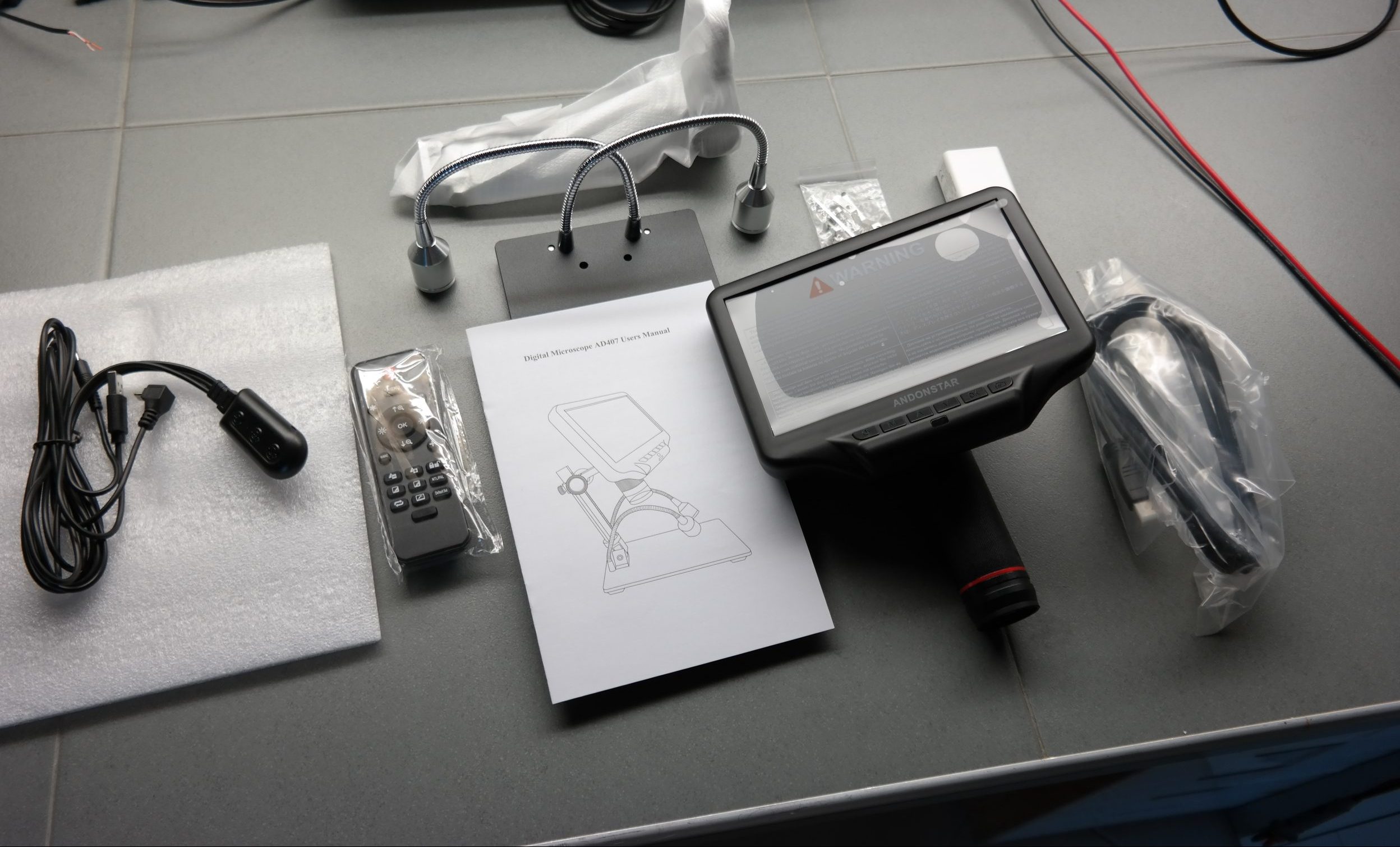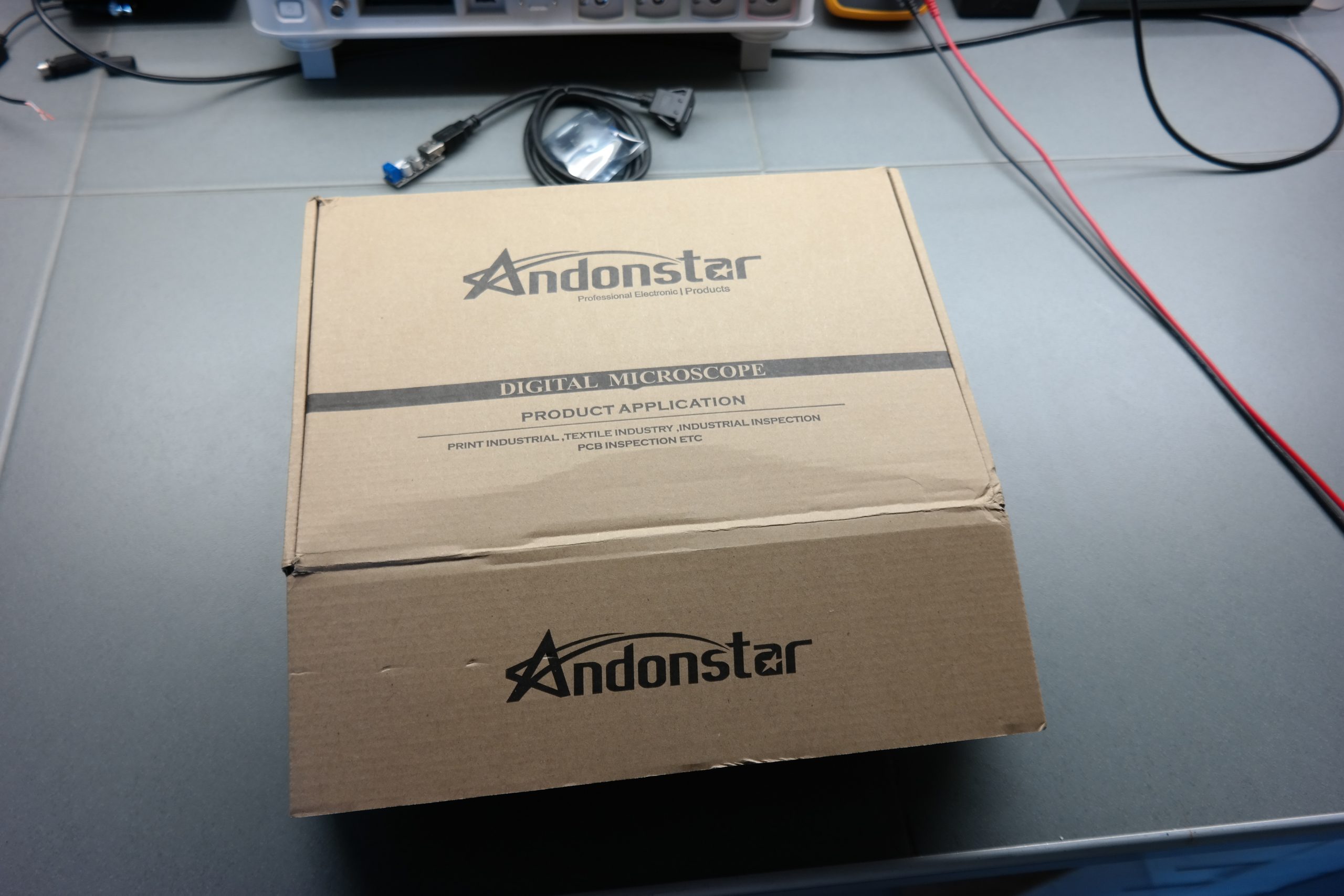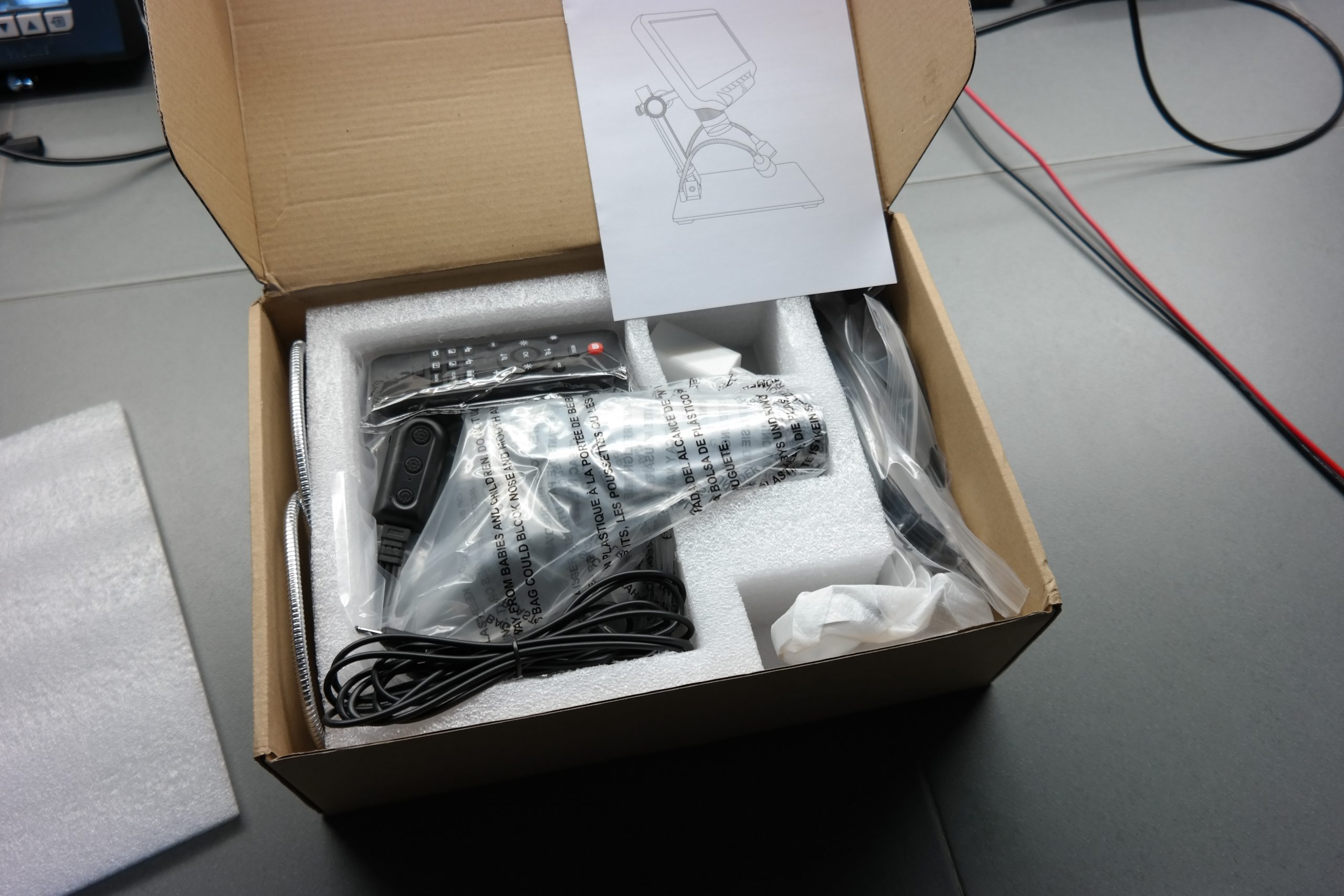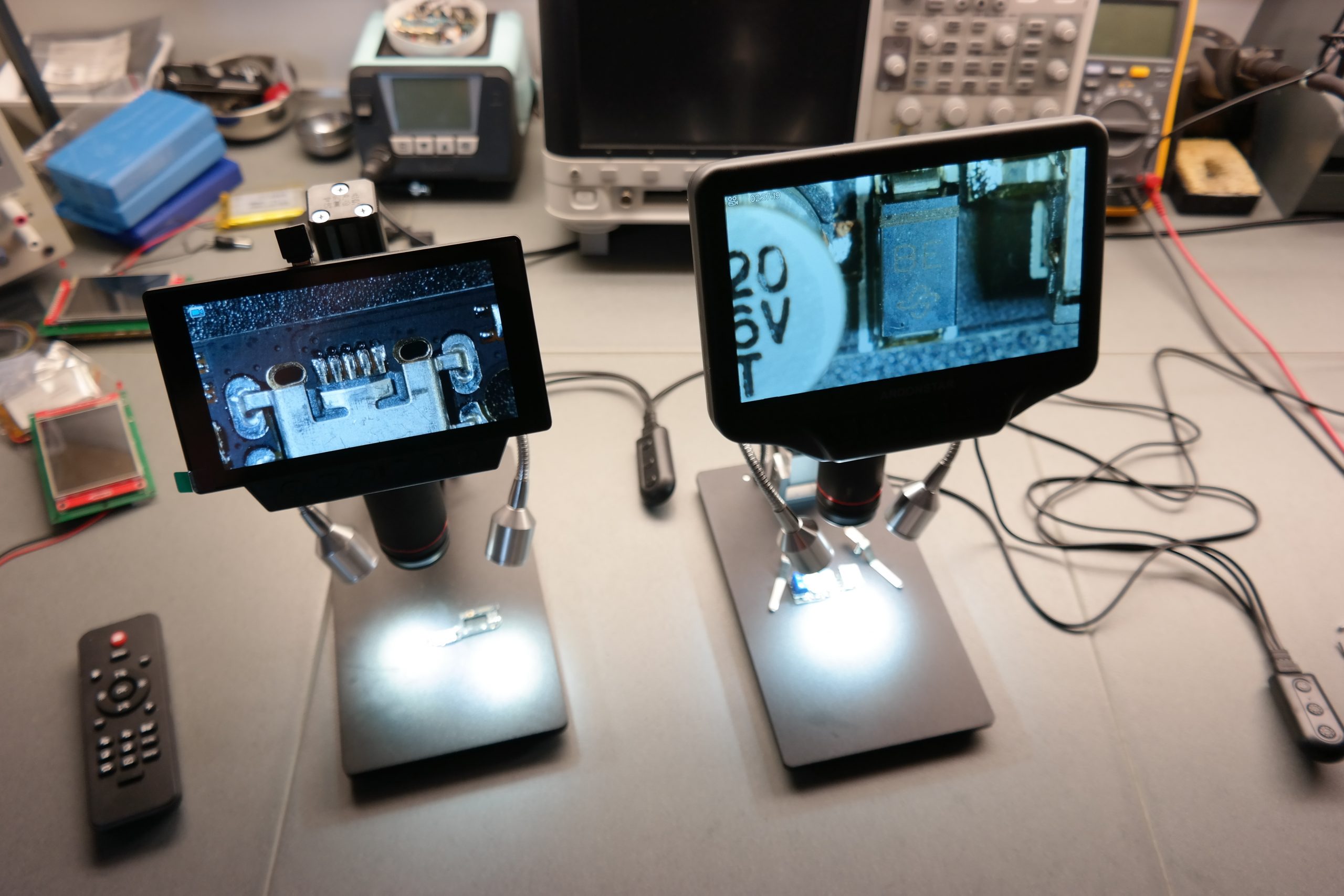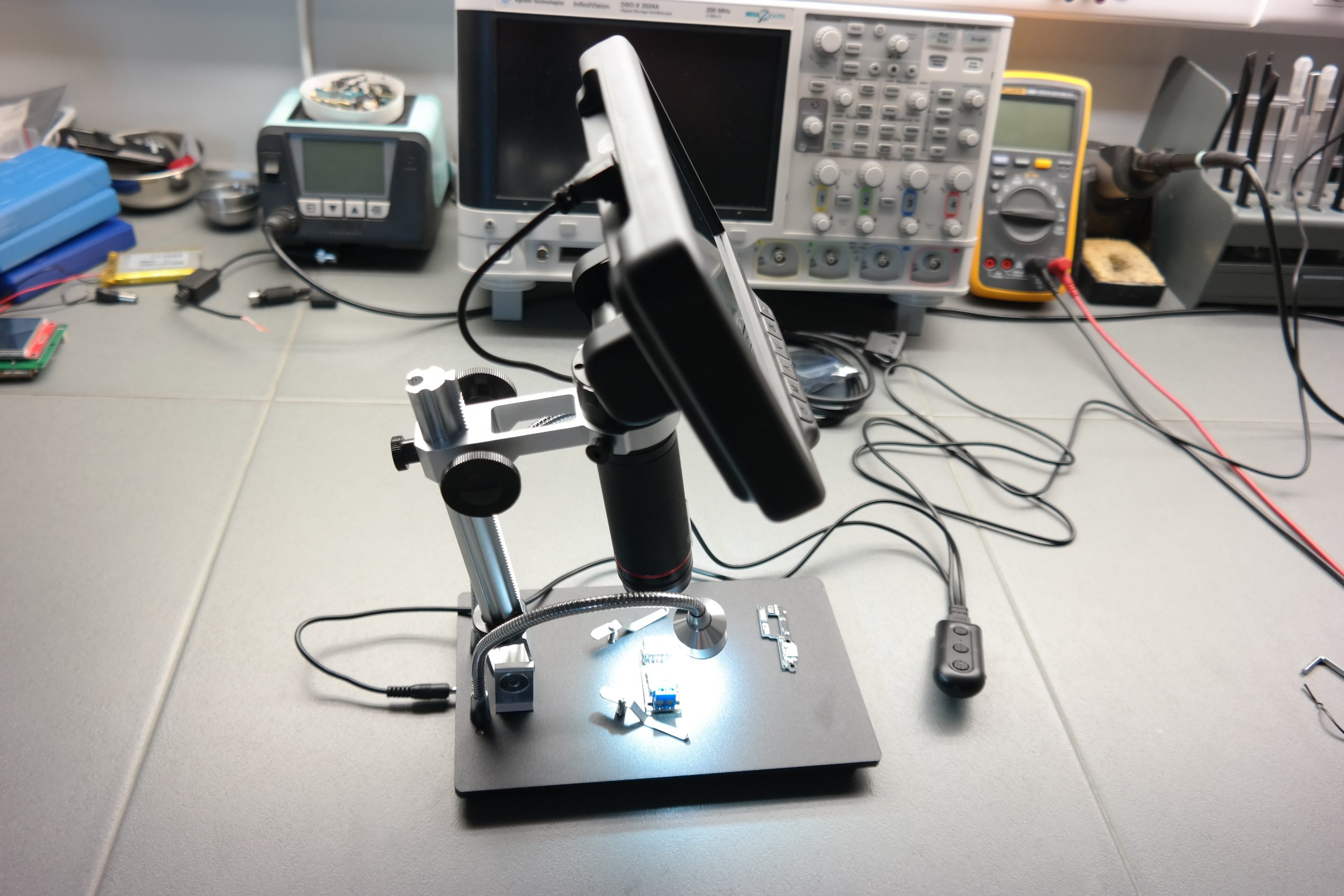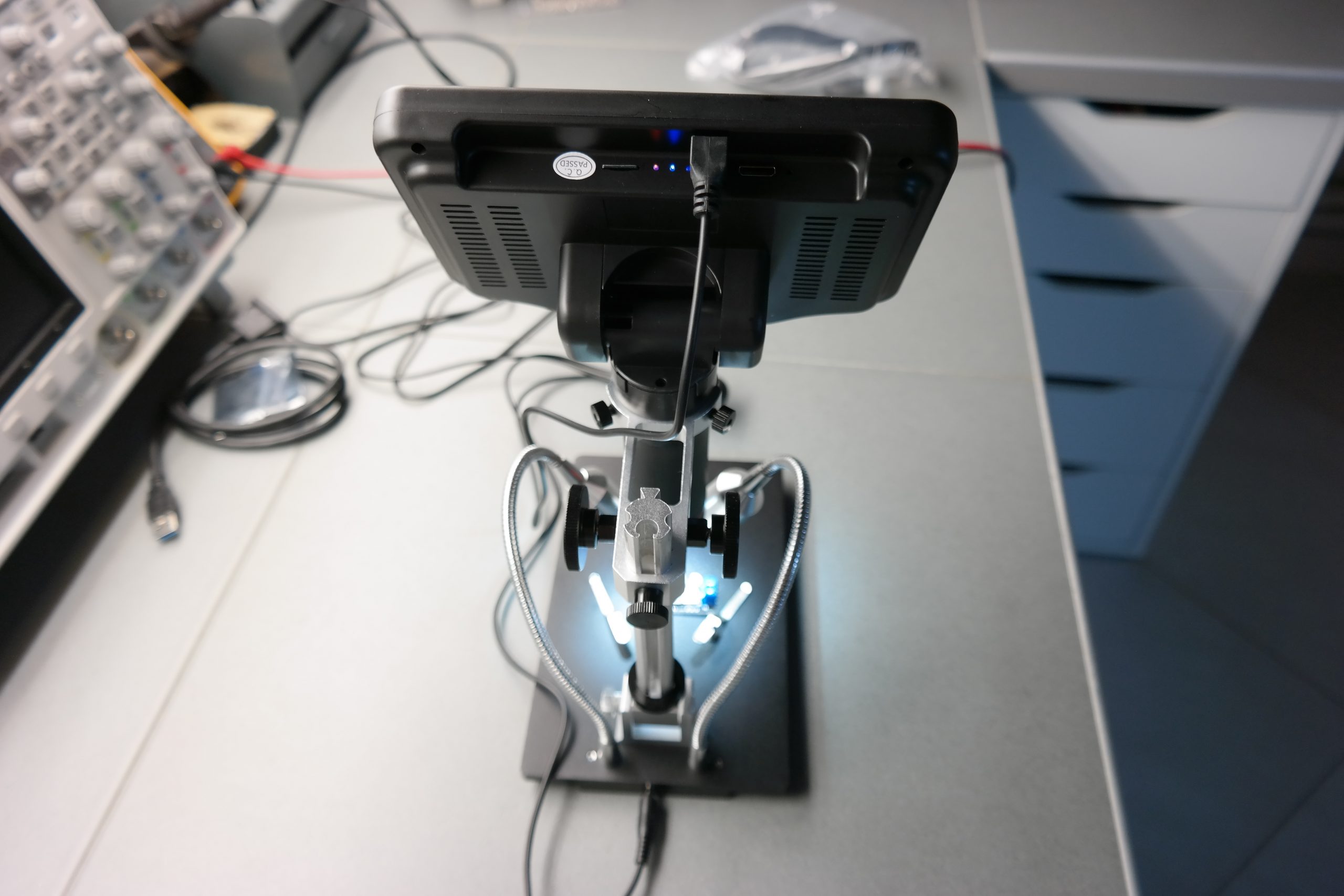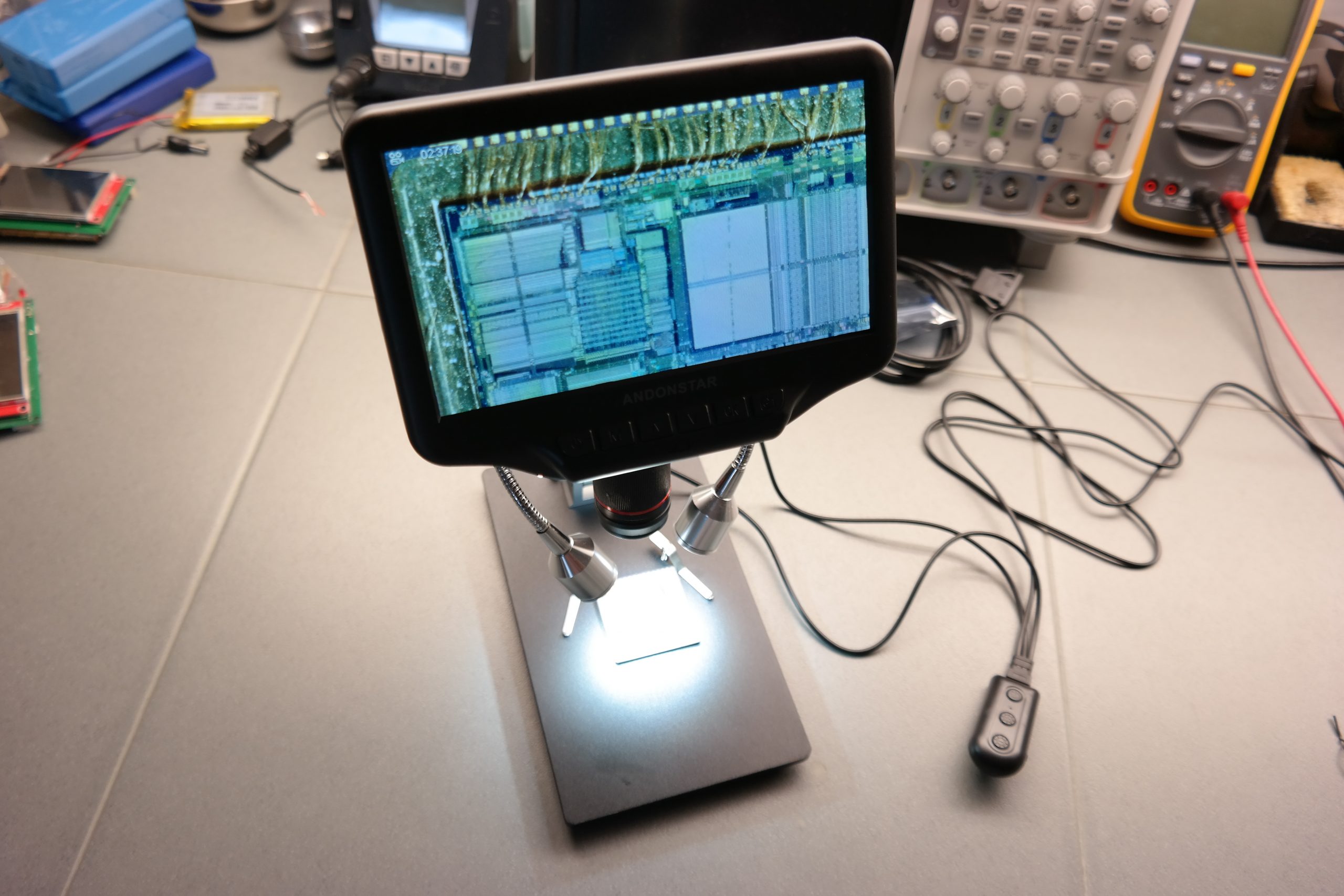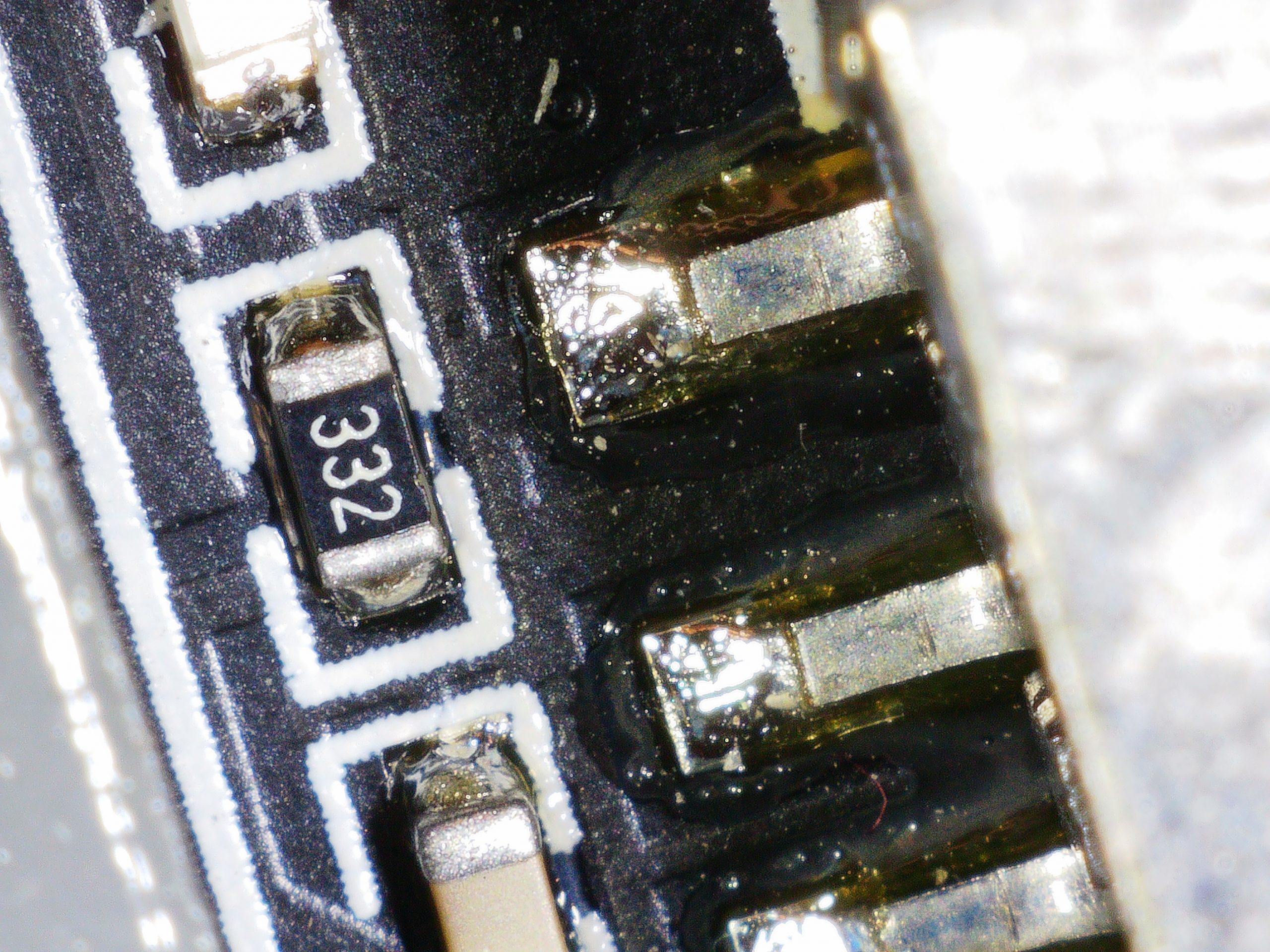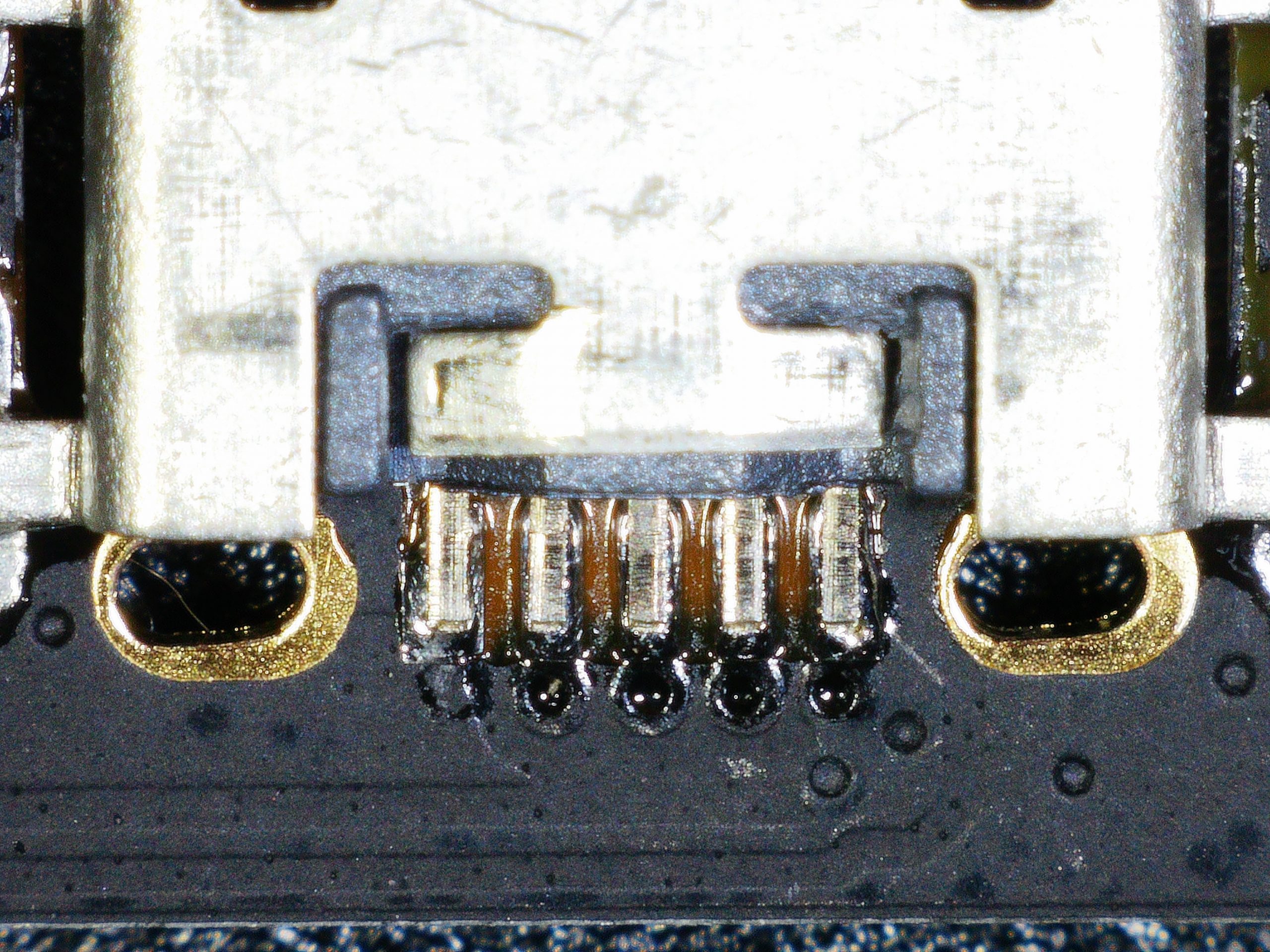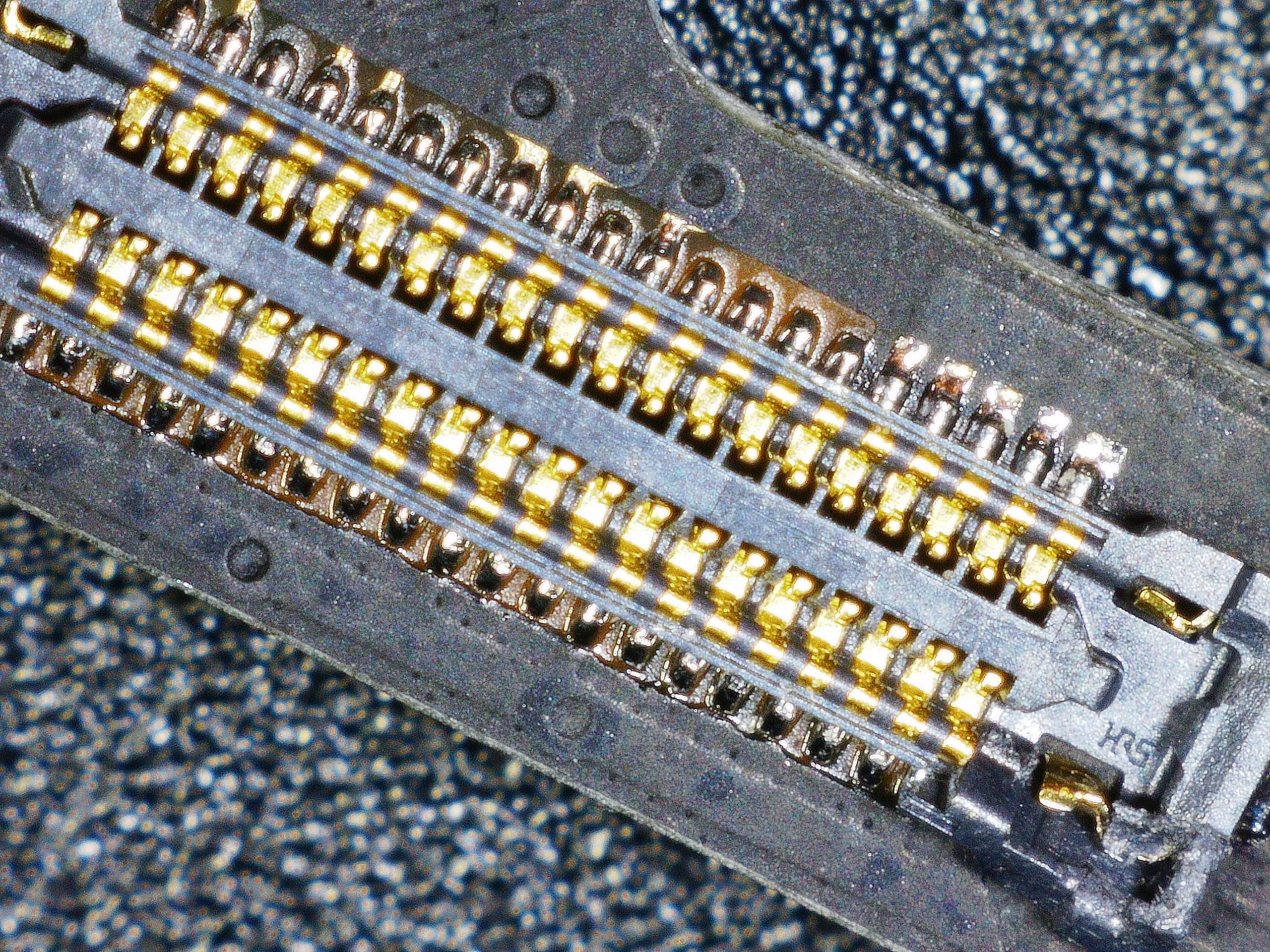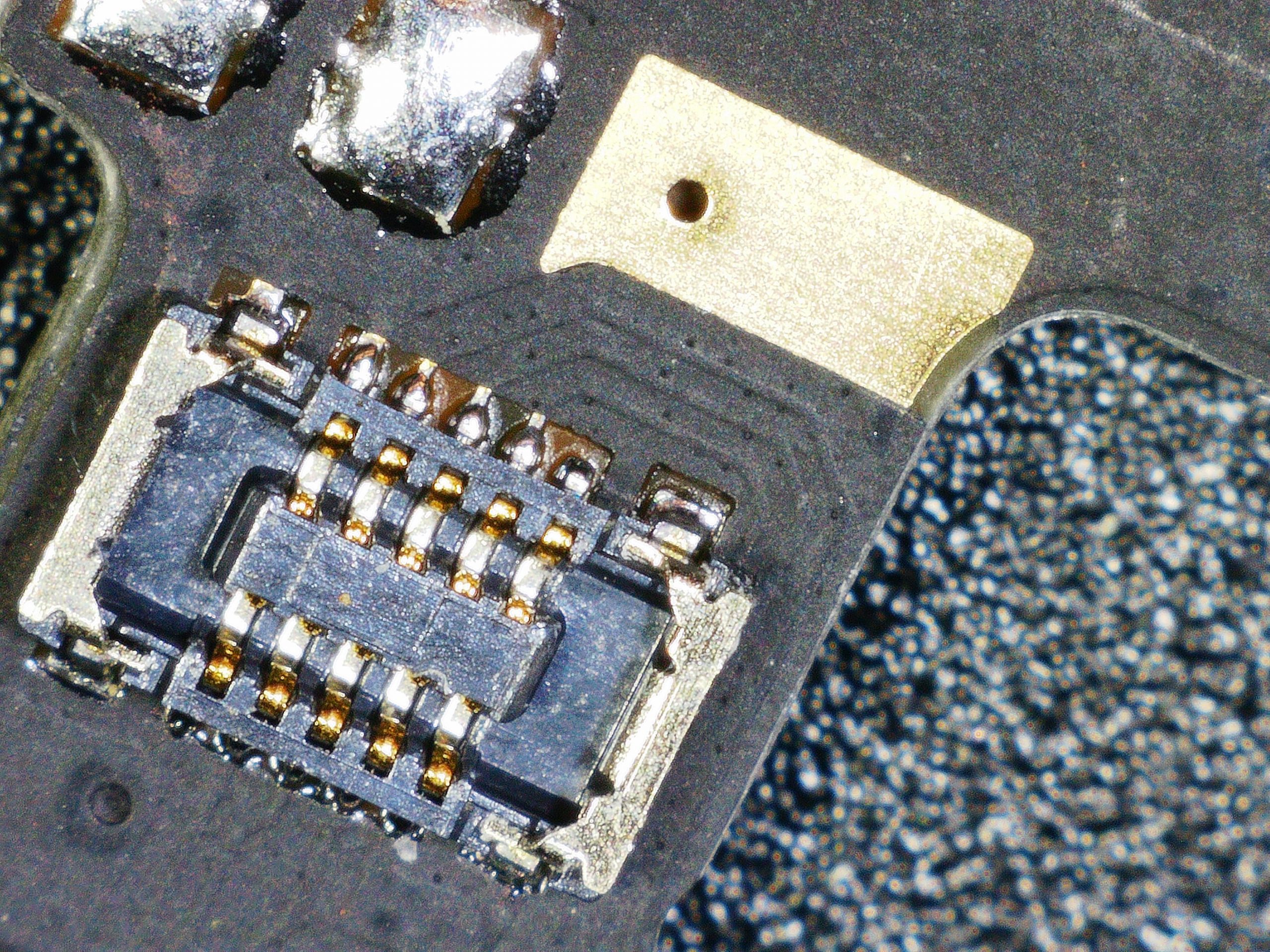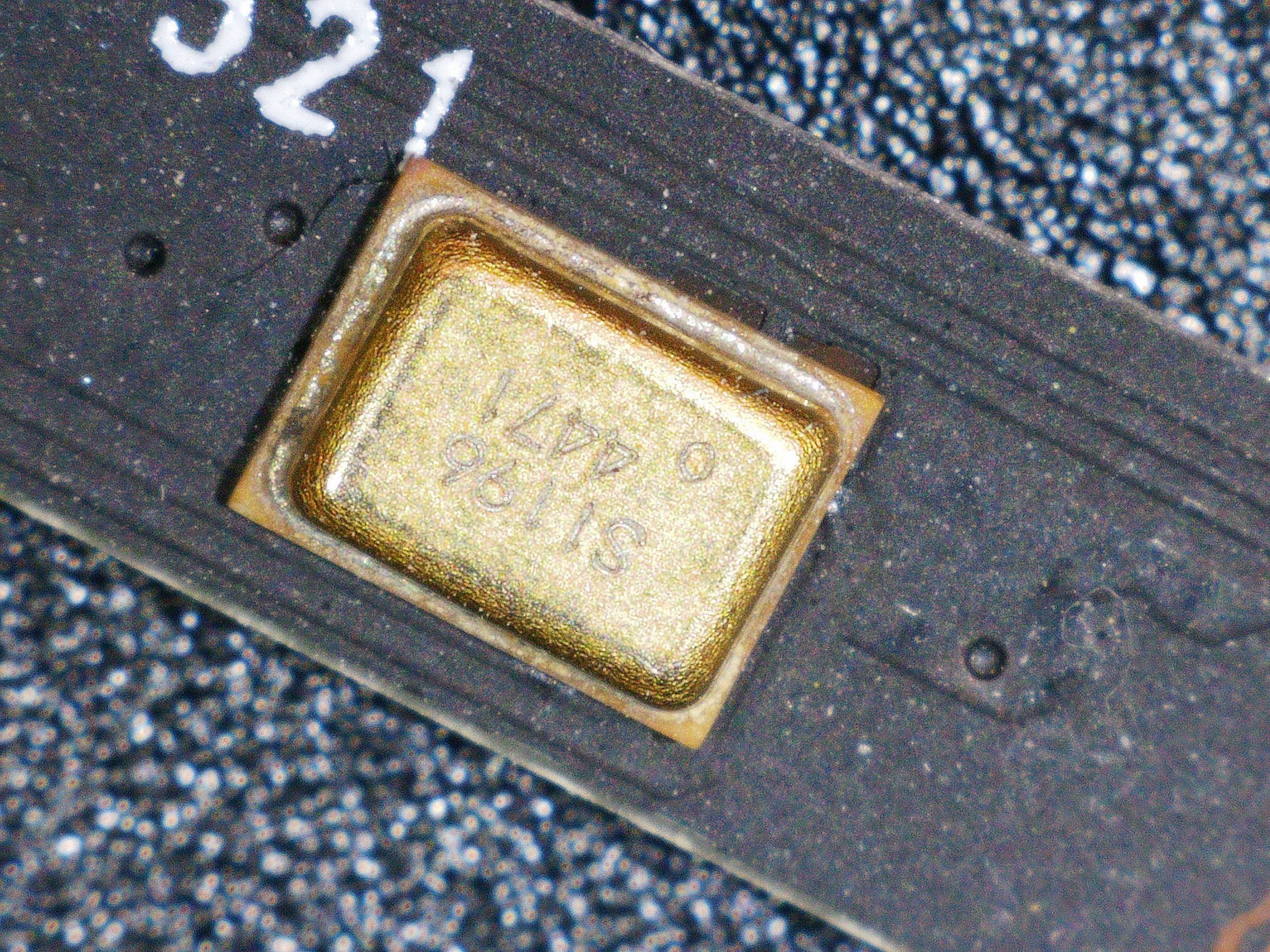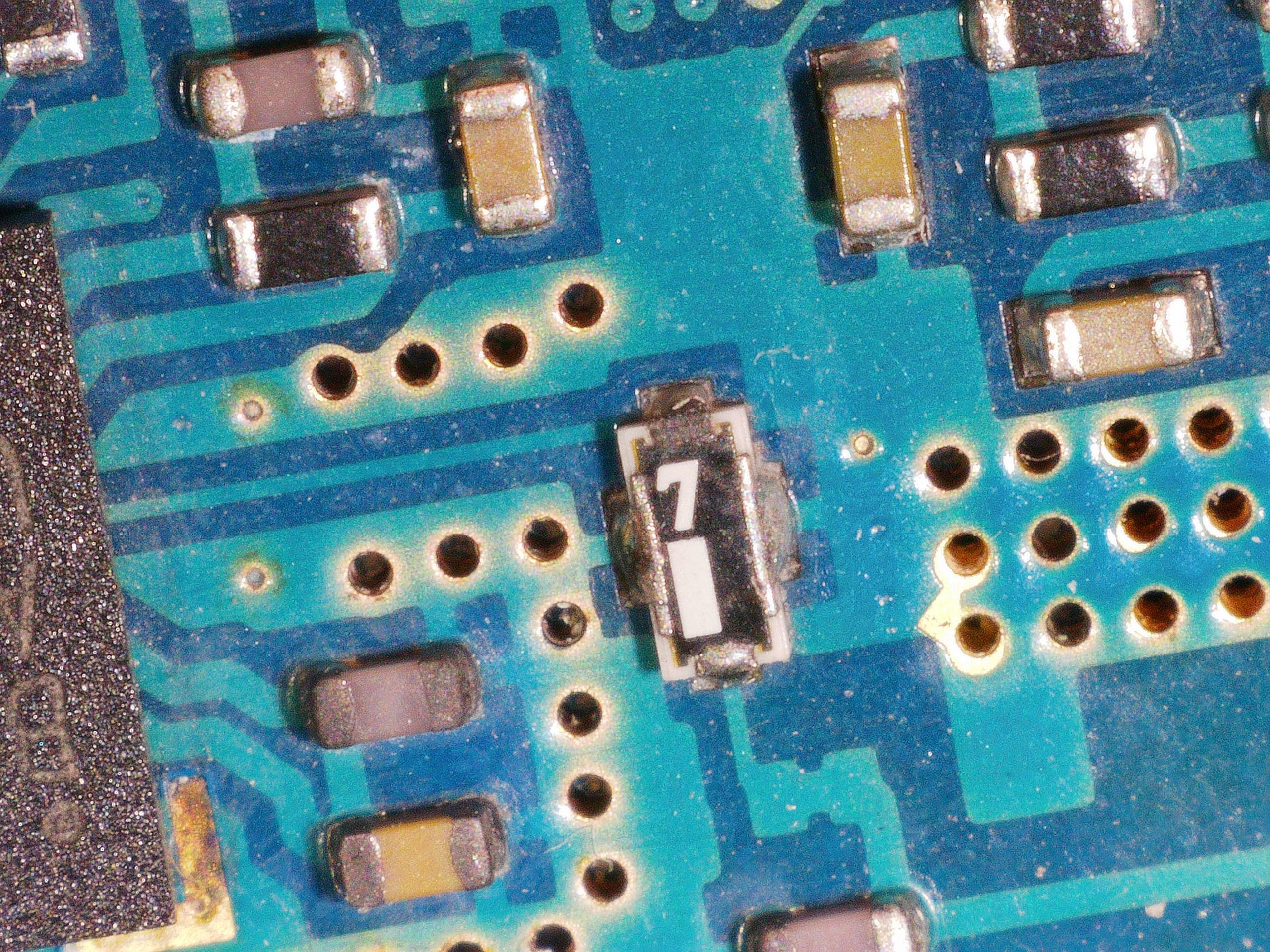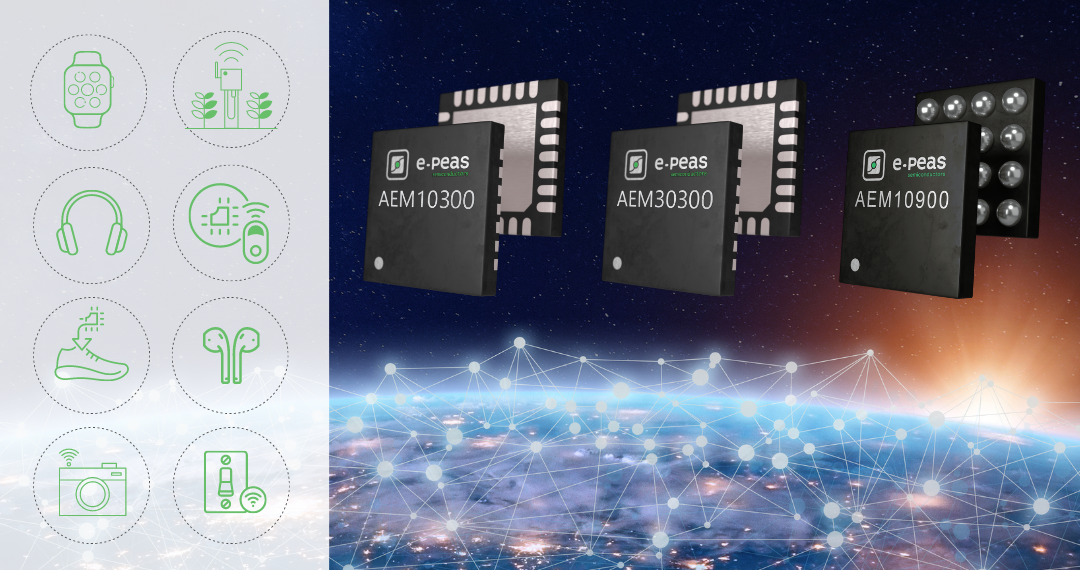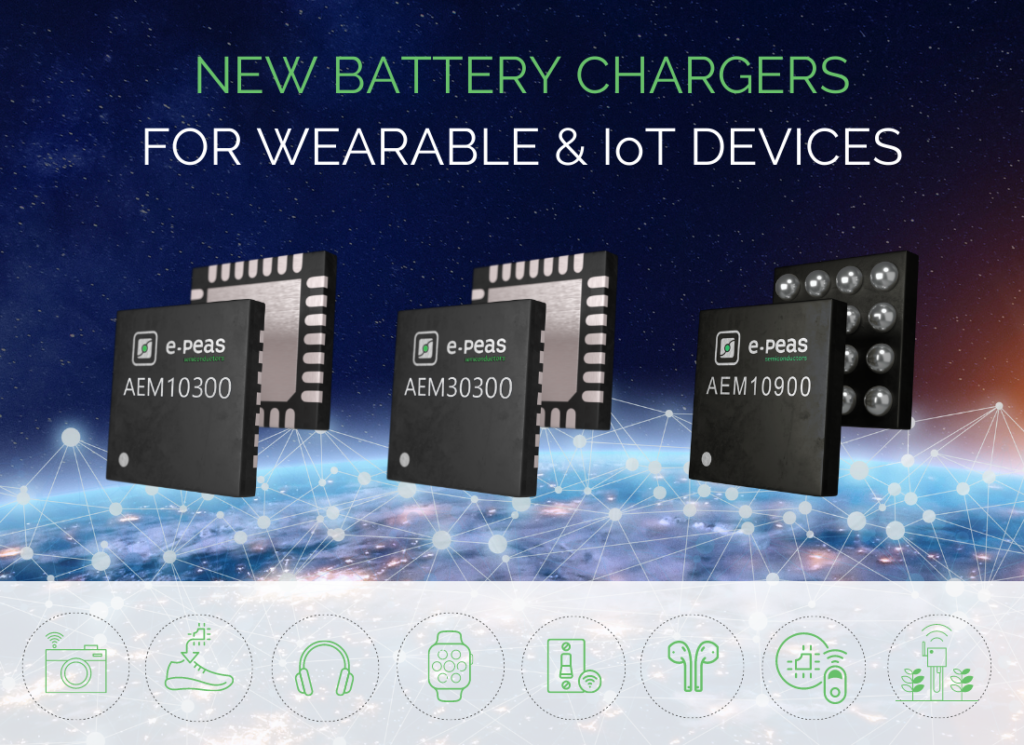This project enables easy control of 2 RC servo motors using a thumb joystick. This is an Arduino compatible project and it consists of a thumb joystick, ATMEGA328 microcontroller, filter capacitor on dc supply, and other components. The thumb joystick has 2 axes, X and Y. The joystick consists of 2 x 10K potentiometers. These potentiometers provide analog voltage output as per the movement of each axis. The microcontroller reads this analog voltage and converts it to RC PWM pulse. The PWM frequency is 50Hz and the duty cycle is 1ms to 2ms. Connect the RC servos to connector CN1 and CN3, apply 5V power supply to connector CN2 and you are ready to go. I have used a high-value electrolytic capacitor on DC supply for the smooth operation of RC Servo. It is important to use at least 1-3A power supply or batteries for the proper smooth operation of the servos and to avoid vibrations. It can be used to control small camera pan-tilt head, robotics, robotics arm, animatronics, toys etc.
Arduino Programming
Note: Project is Arduino compatible, Arduino code provided as a download. New ATMEGA328 requires bootloader and firmware uploading, refer to the link below to learn uploading the code into the chip.
- https://www.arduino.cc/en/Tutorial/BuiltInExamples/ArduinoToBreadboard
- https://www.circuito.io/blog/atmega328p-bootloader/
Features
- Supply 5V DC – 2A
- 2 x RC Servo motors
- Power LED
- PCB dimensions: 61.12 x 47.63 mm
Schematic
Parts List
| NO. | QNTY. | REF. | DESC. | MANUFACTURER | SUPPLIER | SUPPLIER PART NO |
|---|---|---|---|---|---|---|
| 1 | 2 | CN1,CN3 | 3 PIN MALE HEADER PITCH 2.54MM | WURTH | DIGIKEY | 732-5316-ND |
| 2 | 1 | CN2 | 2 PIN SCREW TERMINAL | PHOENIX CONNECT | DIGIKEY | 277-1247-ND |
| 3 | 2 | CN4,CN5 | DNP | OMIT | ||
| 4 | 2 | C1,C2 | 22PF/50V SMD SIZE 0805 | MURATA/YAGEO | DIGIKEY | |
| 5 | 3 | C3,C4,C6 | 0.1uF/50V SMD SIZE 0805 | MURATA/YAGEO | DIGIKEY | |
| 6 | 2 | C5,C8 | 10uF/16V SMD SIZE 1206 | MURATA/YAGEO | DIGIKEY | |
| 7 | 1 | C7 | 470uF/25V ELECTROLYTIC | PANASONIC | DIGIKEY | PCE4886TR-ND |
| 8 | 1 | D1 | LED RED SMD SIZE 0805 | DIGIKEY | ||
| 9 | 2 | D2,D3 | 1N4007 | DIODE INCORP. | DIGIKEY | S1MBDITR-ND |
| 10 | 1 | R1 | 1M 5% SMD SIZE 0805 | MURATA/YAGEO | DIGIKEY | |
| 11 | 2 | R2,R3 | Joystick | C&k | DIGIKEY | 108-THB001P-ND |
| 12 | 1 | R4 | 10K 5% SMD SIZE 0805 | MURATA/YAGEO | DIGIKEY | |
| 13 | 1 | R5 | 1K 5% SMD SIZE 0805 | MURATA/YAGEO | DIGIKEY | |
| 14 | 1 | U1 | ATMEGA328DIP | MICROCHIP | DIGIKEY | ATMEGA328-PU-ND |
| 15 | 1 | Y1 | 16MHZ | ECS INC | DIGIKEY | X1103-ND |
Connections



